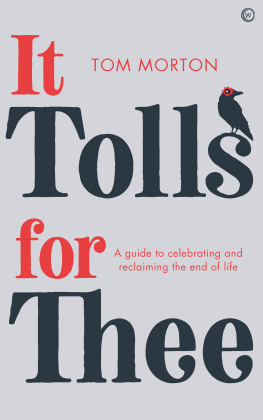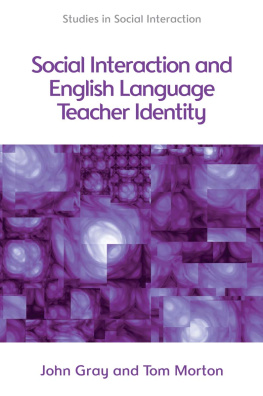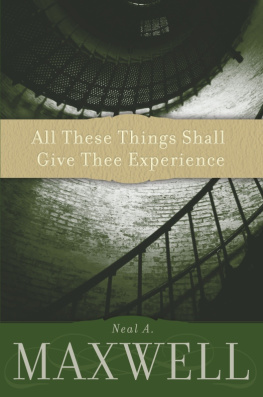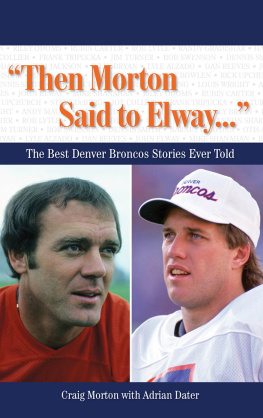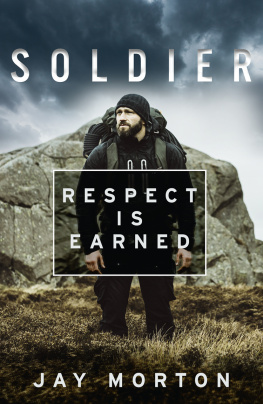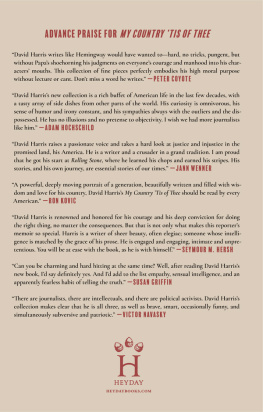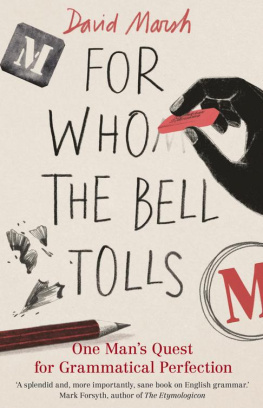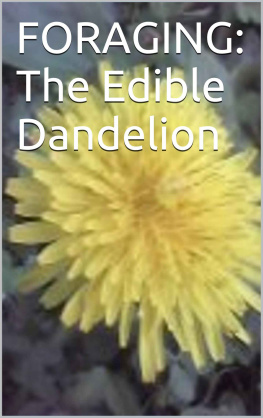Tom Morton - It Tolls For Thee
Here you can read online Tom Morton - It Tolls For Thee full text of the book (entire story) in english for free. Download pdf and epub, get meaning, cover and reviews about this ebook. year: 2021, publisher: Watkins Media, genre: Detective and thriller. Description of the work, (preface) as well as reviews are available. Best literature library LitArk.com created for fans of good reading and offers a wide selection of genres:
Romance novel
Science fiction
Adventure
Detective
Science
History
Home and family
Prose
Art
Politics
Computer
Non-fiction
Religion
Business
Children
Humor
Choose a favorite category and find really read worthwhile books. Enjoy immersion in the world of imagination, feel the emotions of the characters or learn something new for yourself, make an fascinating discovery.
- Book:It Tolls For Thee
- Author:
- Publisher:Watkins Media
- Genre:
- Year:2021
- Rating:3 / 5
- Favourites:Add to favourites
- Your mark:
- 60
- 1
- 2
- 3
- 4
- 5
It Tolls For Thee: summary, description and annotation
We offer to read an annotation, description, summary or preface (depends on what the author of the book "It Tolls For Thee" wrote himself). If you haven't found the necessary information about the book — write in the comments, we will try to find it.
It Tolls For Thee — read online for free the complete book (whole text) full work
Below is the text of the book, divided by pages. System saving the place of the last page read, allows you to conveniently read the book "It Tolls For Thee" online for free, without having to search again every time where you left off. Put a bookmark, and you can go to the page where you finished reading at any time.
Font size:
Interval:
Bookmark:



This edition first published in the UK and USA in 2021 by
Watkins, an imprint of Watkins Media Limited
Unit 11, Shepperton House
8993 Shepperton Road
London
N1 3DF
Design and typography copyright Watkins Media Limited 2021
Text copyright Tom Morton 2021
Tom Morton has asserted his right under the Copyright, Designs and Patents Act 1988 to be identified as the author of this work.
All rights reserved.
No part of this book may be reproduced or utilized in any form or by any means, electronic or mechanical, without prior permission in writing from the Publishers.
10 9 8 7 6 5 4 3 2 1
Designed and typeset by JCS Publishing Services Ltd
Printed and bound in the UK by TJ Books Ltd.
A CIP record for this book is available from the British Library
ISBN: 978-1-78678-478-0 (Paperback)
ISBN: 978-1-78678-479-7 (eBook)
www.watkinspublishing.com

CONTENTS
PART I
A LIFE IN DEATH
CHAPTER 1
SOYLENT GREEN IS NOT PEOPLE
An Introduction
The 1973 film Soylent Green looks forward to a world far, far in the future (2022) where overpopulation has led to such an extreme shortage of natural resources, people will eat almost anything. Even each other, if packaged attractively as the eponymous Soylent Green.
You might have imagined that even the attractions of combining soya and lentils into a tasty, healthy snack would stop anyone trying to market a food called Soylent here in the approximately real world. But no. In 2020, the international company Soylent is doing just that. No taint of cannibalism, except for those who remember Charlton Heston screaming Soylent Green is people! at the end of that old movie. Complete nutrition convenient formats! smiles
In the movie anyone can obtain euthanasia in the most soothing, gloriously relaxed environment imaginable. Edward G Robinson, in his final film role, as Sol Roth, does just that, watched by a grieving Charlton Heston, who plays Thorn. Roth, having given up on life on discovering that people are eating their own dead, slides into a fug of beautifully performed Tchaikovsky and Grieg amid lurid flowerscapes, a smile on his drugged-up face. His body slides from the lovely studio of departure into a mechanized nightmare where he, and thousands of other dead people, are turned into something appetizing.
I had never been to a cremation when I first saw Soylent Green. I was 17 years old. But every service of human conflagration Ive been to since has reminded me of Edward Gs final moments as Roth. And now I know that beyond the curtain, past the crematorium chapel, lies the blunt machinery of human disposal.
The demise of Edward G Robinson in that film is a lie. A deception. Death is turned into a fantasy, a fiction, and its aftermath into a thing so horrific that the authorities conspire to disguise it helped by a population ruled only by appetite.
Before the plague, before 2020, we were beginning to move toward a new understanding of what death means. How to embrace its reality, accept its inevitability and mourn in ways which didnt involve denial. The death positive movement, which gave rise to both my work as a funeral celebrant and this book, seemed to be taking hold in society. Death cafs were springing up everywhere and, at last, people wanted to talk about death their own and that of their loved ones. It seemed we were learning to mourn.
Then came Corona, COVID-19. Death arrived on such a massive scale and in such a pernicious and frightening manner that dealing with it almost overwhelmed the funeral industry, enforcing in some places a semi-industrial approach to dealing with our dead. Funerals could only be attended sparsely while the physicality of death the touching of a body, the dressing of it, the kissing of a face were all well-nigh impossible.
Death became a hurried, almost shameful thing and the inability to formally celebrate a loved ones life, to mourn, to express public grief led to a kind of fumbled willingness to forget. Caught up in our own fears of infection, the horrors stalking our care homes, our hospitals, our streets, we wanted to plunge ahead, living, staying alive, and not be bothered too much with the deaths that had happened. We masked and gloved ourselves against infection and against death, and we took comfort in Zoom cocktail sessions and that perennial piece of online comfort, the hilarious cat video.
Its my belief that we must recognize and strive to recover the physicality of death. That only in acknowledging and embracing its reality on an individual, personal basis can we begin to mourn properly and accept loss. And then, only then, move with the reality of that loss into life and on, to the future.
The New Normal
Today was the funeral of an important figure in our small community. I will call him Andrew, though that is not his name. It is the end of May, and this week the UK became the worst country in the world for excess death and death rate assessed by population. It is also the week that the lockdown begins to lift, as apparently the overall rates of infection and death are slowing. We are reeling from statistics wielded as weapons in a propaganda war few of us really comprehend, as the economy nosedives and desperate attempts are made to save jobs, companies, livelihoods, fortunes.
Here in Shetland, a pre-lockdown surge in infection was followed by a storm of cases at a local care home, which saw half the residents die. (This event was due to a single family that had visited Naples who then acted as superspreaders, though there is a suspicion the plague could have been in these hugely cosmopolitan islands earlier.) Since Andys funeral, and he didnt die of the plague, there have been no new cases for four weeks, and people are anxious to go boating, walking, to see their friends and family. Shop without single file rules and regulations.
But not yet. Not today. Today it is Andys private graveside funeral service, close family only, as per the governments instructions. I am not involved, as Andy was a committed kirk-goer and elder of the Church of Scotland. This morning, though, I received a telephone call from one of his neighbours, currently unable to leave the house. On its way to the cemetery, she said, the cortge, the hearse and procession of family cars, pickups and vans would tour the housing scheme where Andy had lived, then other landmarks in the community he had loved so well. Could I let people know that the family invited them to stand in the road as they passed if they wanted to pay their last respects? Maintaining social distancing, of course.
A few calls and Facebook posts later, the sun shining brightly on a windy Shetland spring day, the sleek Volvo hearse arrived, leading four or five other vehicles. We stood and watched, as Andy a staunch supporter of every local initiative to improve things, a kind and caring man, a rock at the heart of our very foundations left us.
Was it enough? Was it an adequate substitute for the traditional, jam-packed Shetland service and farewell meal? No. But it was something. It was a reaching out, a letting go. It was an expression of a communitys love. And for the family following that long black car, it meant something.
Next pageFont size:
Interval:
Bookmark:
Similar books «It Tolls For Thee»
Look at similar books to It Tolls For Thee. We have selected literature similar in name and meaning in the hope of providing readers with more options to find new, interesting, not yet read works.
Discussion, reviews of the book It Tolls For Thee and just readers' own opinions. Leave your comments, write what you think about the work, its meaning or the main characters. Specify what exactly you liked and what you didn't like, and why you think so.

